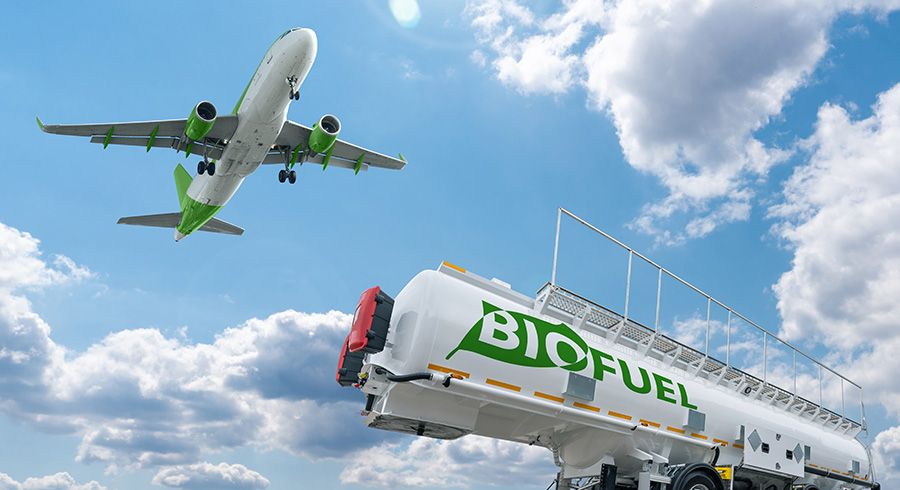
In recent years, the aviation industry has been under mounting pressure to confront its environmental footprint. With concerns over carbon emissions, climate change, and sustainability gaining momentum, airlines are increasingly seeking solutions to mitigate their impact on the planet. One promising avenue for reducing carbon emissions in aviation is the adoption of sustainable aviation fuel (SAF), a renewable alternative to traditional fossil fuels. As the aviation sector in Southeast Asia continues to expand rapidly, the region stands at a critical juncture where embracing SAF could catalyze a transformative shift towards a more sustainable future.
Southeast Asia’s aviation industry has experienced exponential growth in recent decades, driven by economic development, increasing affluence, and a burgeoning middle class. However, this growth has come at a cost, with carbon emissions from aviation contributing to environmental degradation and climate change. Recognizing the urgent need for action, stakeholders across the region are now exploring sustainable solutions to decarbonize the industry while ensuring continued growth and connectivity.
The adoption of SAF holds immense promise for Southeast Asia. Unlike conventional jet fuel derived from fossil sources, SAF is produced from sustainable feedstocks such as agricultural residues, waste oils, and renewable biomass. As a result, SAF offers significant reductions in greenhouse gas emissions compared to conventional jet fuel, making it a crucial tool in the fight against climate change.
One of the key advantages of SAF is its compatibility with existing aircraft and infrastructure, requiring no modifications to aircraft engines or fueling systems. This makes it a viable and immediate solution for reducing emissions across the aviation sector. Moreover, SAF has been proven to perform comparably to traditional jet fuel in terms of safety, efficiency, and reliability, offering a seamless transition for airlines and passengers alike.
In Southeast Asia, several initiatives are underway to promote the adoption of SAF and accelerate its uptake in the region. Collaborative efforts between governments, airlines, industry stakeholders, and research institutions are driving innovation and investment in sustainable aviation solutions. Partnerships between airlines and biofuel producers are facilitating the production and distribution of SAF, while regulatory incentives and mandates are incentivizing its use.